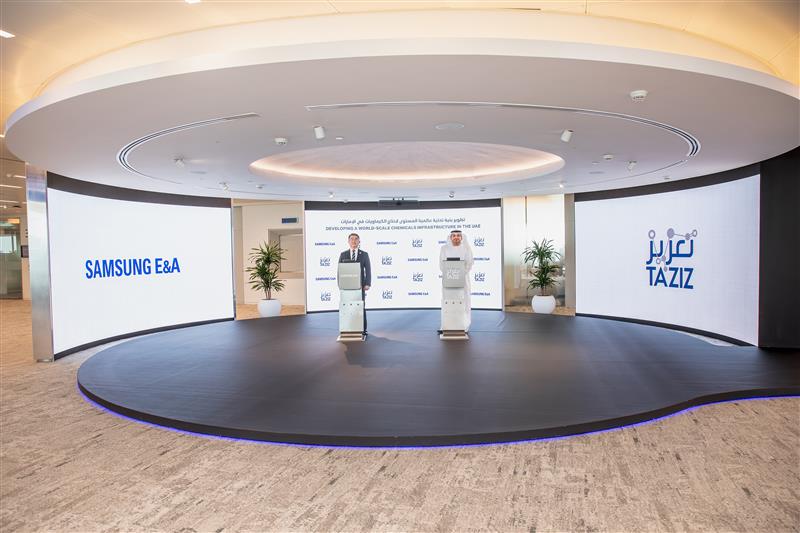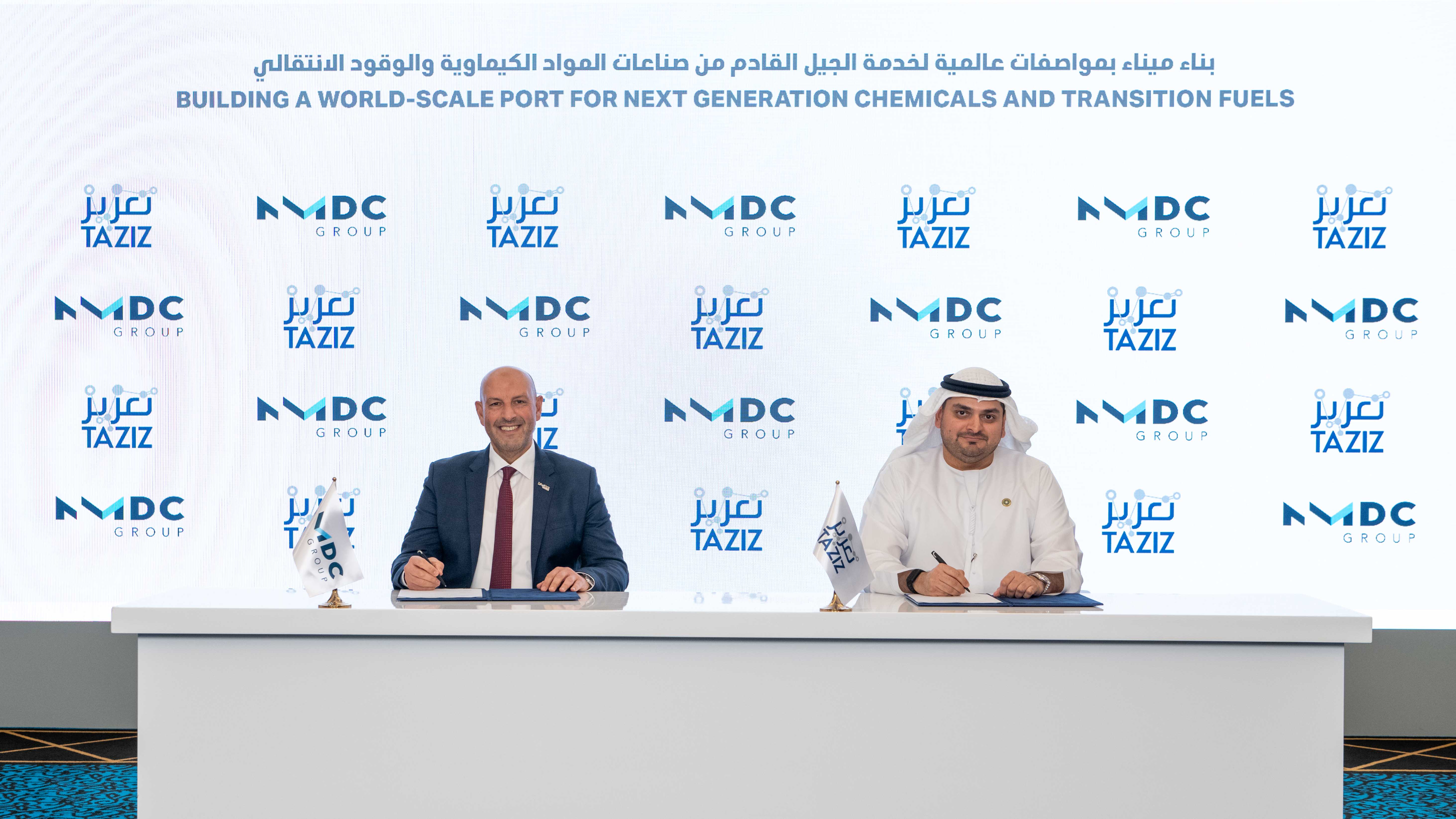
The UAE’s World-Scale Chemicals and Transition Fuels Ecosystem
TA’ZIZ leverages sustainable fuel sources to drive industrialization, promote economic diversification, and unlock fully domestic value chains with a reduced carbon footprint
Who We Are
The TA’ZIZ Industrial
Chemicals Zone
TA’ZIZ hosts world-scale chemicals production that enables end-products across critical industries like construction, healthcare and agriculture to be fully manufactured within the UAE for the first time.
Total Area
14
km2
New Chemicals Products
10
+
Planned Production Capacity
11
mtpa
Light Industrial Area Tenants
300

Our Plan
Our Partners and Shareholders
THE UAE’s First Downstream Public-Private Partnership
TA’ZIZ, a joint venture between ADNOC and ADQ, has partnered with eight leading UAE private institutions to advance the country’s role as a top global chemicals leader.
OUR COMMITMENTS

Sustainability
We recognize that prioritizing sustainability is critical to building a business that can meet the needs of the future.
The raw materials used by TA’ZIZ have one of the lowest-carbon intensities on the market today. Moving forward, TA’ZIZ will incorporate carbon capture technology and introduce a low-carbon steam cracker to supply additional decarbonized products to the market.
The raw materials used by TA’ZIZ have one of the lowest-carbon intensities on the market today. Moving forward, TA’ZIZ will incorporate carbon capture technology and introduce a low-carbon steam cracker to supply additional decarbonized products to the market.

Industrialization and Diversification
The TA’ZIZ Industrial Chemicals Zone offers industry leaders an enabling ecosystem with maximum operational efficiencies. The ecosystem will offer (1) centralized and cost-competitive utilities, (2) a world-scale port, tank terminal and feedstock pipelines, and (3) common site infrastructure, including emergency response, health and safety, and crisis management.
Our Timeline

















.jpg?rev=e825464b0fbe47c2a98182a227c17945)





